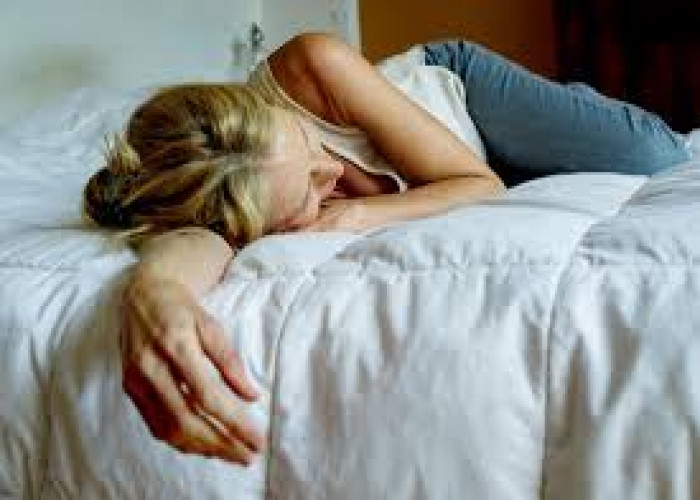 Welcome
Welcome
“May all be happy, may all be healed, may all be at peace and may no one ever suffer."
Anorgasmia in women

Anorgasmia is a sexual dysfunction characterized by the inability to reach an orgasm despite adequate sexual stimulation. In women, anorgasmia can have a variety of causes, including psychological factors (such as stress, anxiety, or depression), physical factors (such as certain medications, hormonal changes, or nerve damage), and relationship issues (such as lack of communication with a partner or sexual dissatisfaction).
Treatment for anorgasmia in women depends on the underlying cause. Psychotherapy or counseling can be helpful for addressing psychological factors, and changes to medication or hormone therapy may be necessary to address physical factors. Women can also learn techniques to improve their sexual response, such as pelvic floor muscle exercises, and work with their partners to improve communication and intimacy.
If you are experiencing difficulty reaching orgasm, it's important to talk to your doctor or a sexual health specialist. Your doctor can help you determine the cause of your anorgasmia and recommend appropriate treatment options. With the right support and treatment, many women with anorgasmia are able to improve their sexual response and experience more satisfying sexual experiences.
Research Papers
Disease Signs and Symptoms
- Lifelong anorgasmia and never had an orgasm.
- Sexual dysfunction
- Reduced sexual desire
- Orgasm only in certain circumstances, such as during oral sex or masturbation or only with a certain partner.
- Not able to orgasm in any situation or with any partner.
Disease Causes
Anorgasmia in women
Orgasm is a complex reaction to various physical, emotional and psychological factors. Difficulties in any of these areas can affect your ability to orgasm.
Physical causes
A wide range of illnesses, physical changes and medications can interfere with orgasm:
- Diseases. Serious illnesses, such as multiple sclerosis and Parkinson's disease, and their associated affects on psychological well-being can hamper orgasm.
- Gynecological issues. Gynecologic surgeries, such as hysterectomy or cancer surgeries, can affect orgasm. Also, lack of orgasm often goes with other sexual concerns, such as uncomfortable or painful intercourse.
- Medications. Many prescription and over-the-counter medications can inhibit orgasm, including blood pressure medications, antipsychotic drugs, antihistamines and antidepressants — particularly selective serotonin reuptake inhibitors (SSRIs).
- Alcohol and smoking. Too much alcohol can hamper your ability to climax. Smoking can limit blood flow to your sexual organs.
- Aging. As you age, normal changes in your anatomy, hormones, neurological system and circulatory system can affect your sexuality. Waning estrogen levels as you transition to menopause and menopausal symptoms, such as night sweats and mood changes, can have an impact on sexuality.
Psychological causes
Many psychological factors play a role in your ability to orgasm, including:
- Mental health problems, such as anxiety or depression
- Poor body image
- Stress and financial pressures
- Cultural and religious beliefs
- Embarrassment
- Guilt about enjoying sex
- Past sexual or emotional abuse
Relationship issues
Couples' problems outside of the bedroom can affect their sexual relationship. Issues might include:
- Lack of connection with your partner
- Unresolved conflicts
- Poor communication of sexual needs and preferences
- Infidelity or breach of trust
- Intimate partner violence
Disease Prevents
Disease Treatments
Treatment for anorgasmia will depend on the cause of your symptoms. It might include lifestyle changes, therapy and medication.
Lifestyle changes and therapy
For most women, a key part of treatment includes addressing relationship issues and everyday stressors. Understanding your body and trying different types of sexual stimulation also can help.
- Understand your body better. Understanding your anatomy and how and where you like to be touched can lead to better sexual satisfaction. If you need a refresher course on your genital anatomy, ask your doctor for a diagram or explore your body in a mirror.
- Self-stimulation with your hand or a vibrator can help you discover what type of touch feels best to you and can provide information you can share with your partner. If you're uncomfortable with self-exploration, try exploring your body with your partner.
- Increase sexual stimulation. Women who've never had an orgasm might not be getting enough sexual stimulation. Most women need direct or indirect stimulation of the clitoris to orgasm.
- Switching sexual positions can produce more clitoral stimulation during vaginal penetration. Using a vibrator or fantasizing during sex also can help trigger an orgasm.
- For some women, a device called a clitoral vacuum can improve blood flow and increase stimulation. This device is battery operated and hand-held, with a cup that fits over the clitoris.
- Seek couples counseling. A counselor can help you work through conflicts in your relationship that can affect your ability to orgasm.
- Try sex therapy. Sex therapists specialize in treating sexual concerns. Therapy often includes sex education, help with communication skills and behavioral exercises that you and your partner try at home.
Medical treatments
- Treating underlying conditions. If a medical condition is hindering your ability to orgasm, treating the cause might resolve your problem. Changing or modifying medications known to inhibit orgasm also might eliminate your symptoms.
- Estrogen therapy for postmenopausal women. If anorgasmia is associated with menopausal symptoms, such as night sweats and hot flashes, systemic estrogen therapy — by pill, patch or gel — might relieve those symptoms and improve sexual response.
- Local estrogen therapy — in the form of a vaginal cream or a slow-releasing suppository or ring that you place in your vagina — can increase blood flow to the vagina and help improve sexual arousal.
- Testosterone therapy. Testosterone plays a role in female sexual function, but how big a role is uncertain. Replacing testosterone in women is controversial, and it's not approved by the Food and Drug Administration (FDA) for sexual dysfunction in women.
- Additionally, it can cause side effects, including acne, excess body hair (hirsutism) and male-pattern baldness. Testosterone seems most effective for women with low testosterone levels as a result of surgical removal of the ovaries (oophorectomy).
- If you choose to use this therapy, your doctor should monitor its effects on you.
Disease Diagnoses
Disease Allopathic Generics
Disease Ayurvedic Generics
Disease Homeopathic Generics
Disease yoga
Anorgasmia in women and Learn More about Diseases
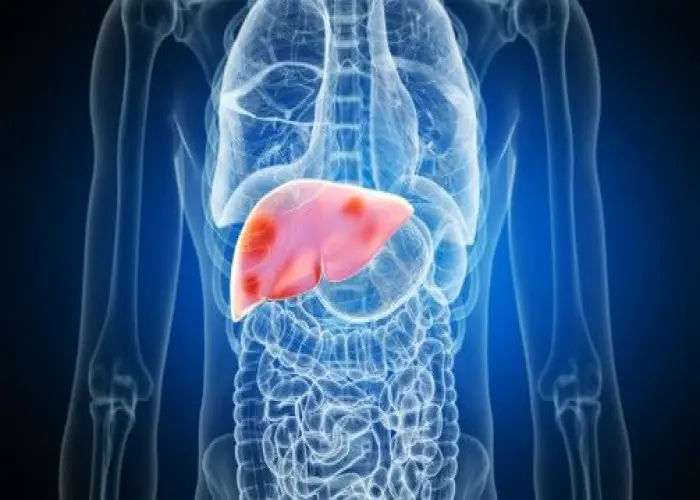
Hemochromatosis

Cardiomyopathy
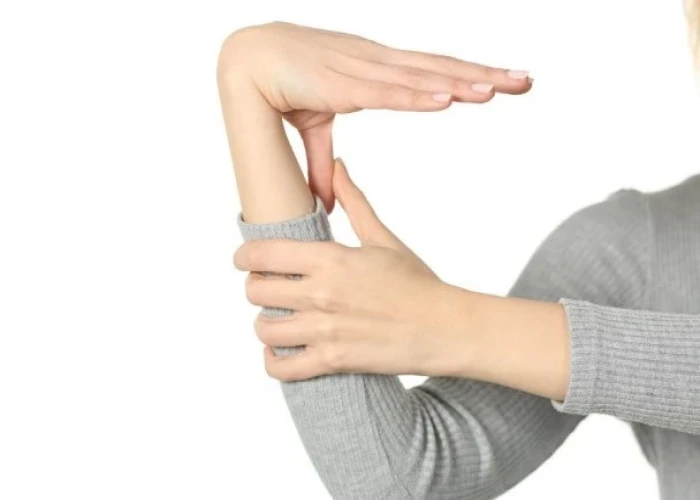
Marfan syndrome
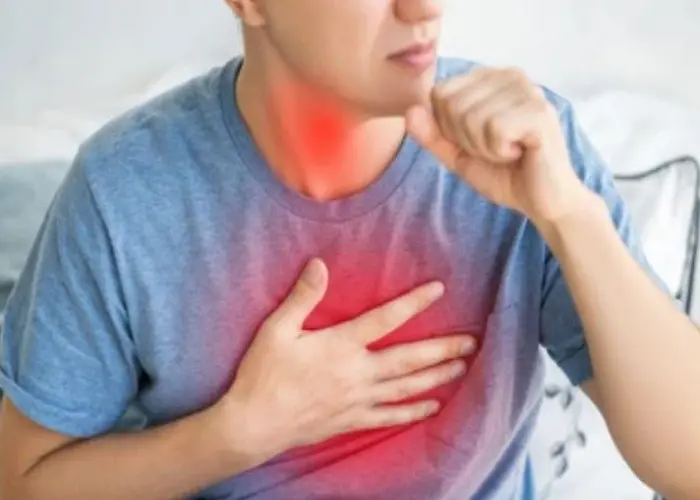
Chronic cough
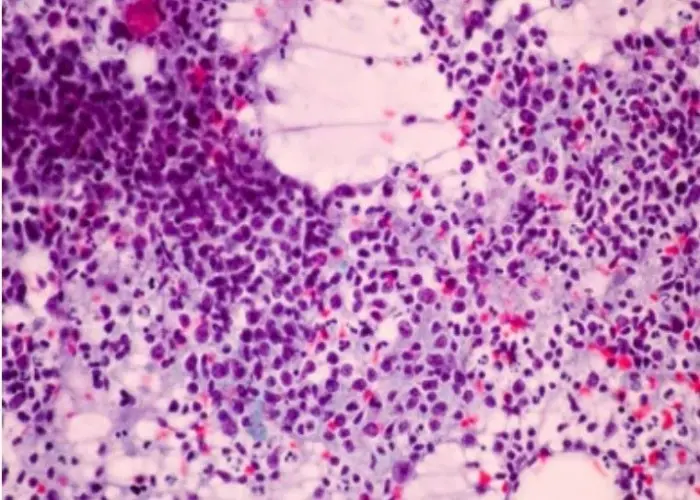
Chronic granulomatous disease

Pyelitis
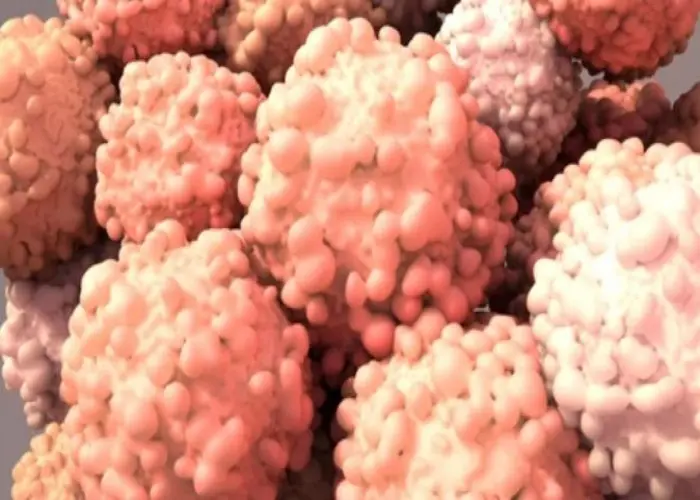
Brain metastases

Retention of Urine
Anorgasmia in women, Female anorgasmia treatment, মহিলাদের অ্যাংরেজমিয়া
To be happy, beautiful, healthy, wealthy, hale and long-lived stay with DM3S.
